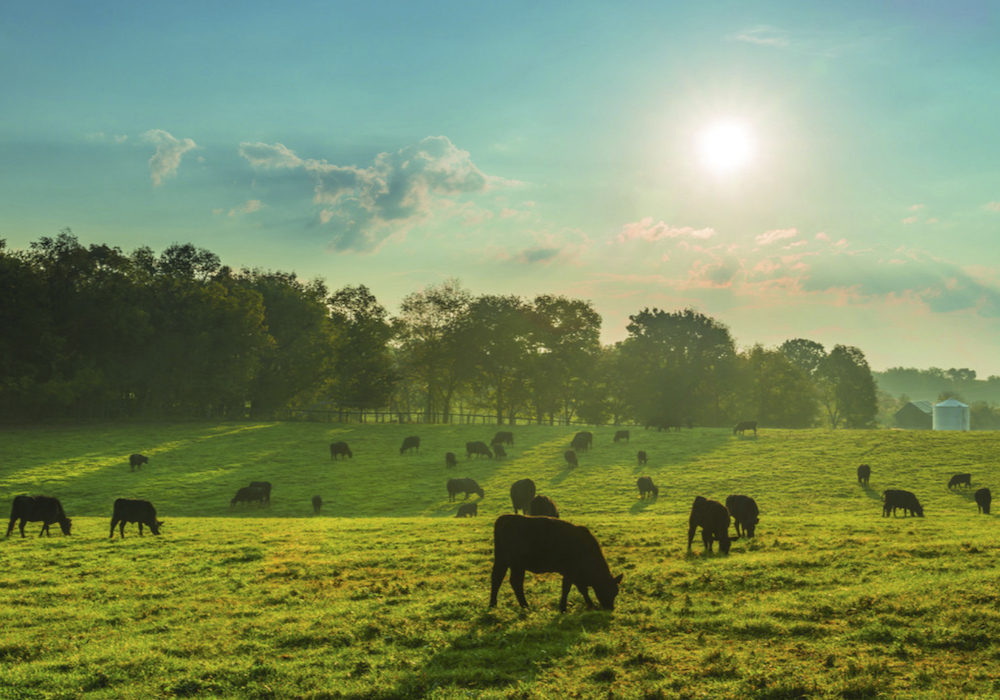Feds announce early livestock tax deferral

Livestock producers in drought-affected areas are getting and early livestock tax deferral (LTD) for the 2024 season.
The federal government said the situation has become more challenging for producers due to climate change, when announcing a list of regions eligible for the deferral on June 14.
The LTD allows producers in designated areas, who were forced to sell all or part of their breeding herd, to defer a portion of the income from those sales to a subsequent tax year.
Most of the eligible regions this season are in Alberta and Saskatchewan. A full list is available at the Government of Canada website.
Read Also


Seeding in Alberta nearly complete, with strong emergence
Spring planting in Alberta was virtually complete according to the province’s latest crop report. As of June 11, seeding in…
The Canadian Cattle Association welcomed the announcement in a news release, noting that several of the adjustments the government had made this year would make the program work better for producers. In particular they singled out streamlining the process to identify eligible regions an the inclusion of “buffer zones” that means producers wouldn’t find themselves on the fringe of a drought, ineligible for the program.
“CCA has long advocated for changes to the LTD and we are encouraged to see the government take tangible steps to address our concerns and find solutions that work for producers,” said Nathan Phinney, president of CCA. “Today’s announcement including this year’s early designated regions will help impacted producers make real time decisions for their operations.””
Circumstances that may influence producers to sell their breeding herd include drought, flooding and excessive moisture. The income may be at least partially offset by the cost of reacquiring breeding animals, reducing the tax burden associated with the original sale.
Weather, climate and production data from across Canada will be monitored for the rest of the season. Regions will be added to the list as they qualify. Subsequent regions will be added to the list when they meet the eligibility criteria of 50 per cent or more forage capacity loss caused by drought or excess moisture.
After consulting with industry, Agriculture and Agri-food Canada has used preliminary scientific data to produce the initial list of regions earlier in the growing season.
Some regions may recover forage capacity based on conditions later in the growing season. Once a region is eligible, it will remain eligible for the deferral for the taxation year.
To defer income under LTD, the breeding herd must have been reduced by at least 15 per cent.
In the case of consecutive years of drought or excess moisture and flood condition, producers may defer sales income to the first year in which the region is no longer prescribed.
Source: Farmtario.com

